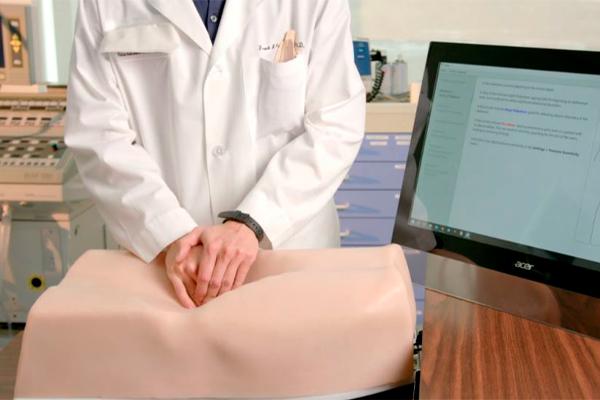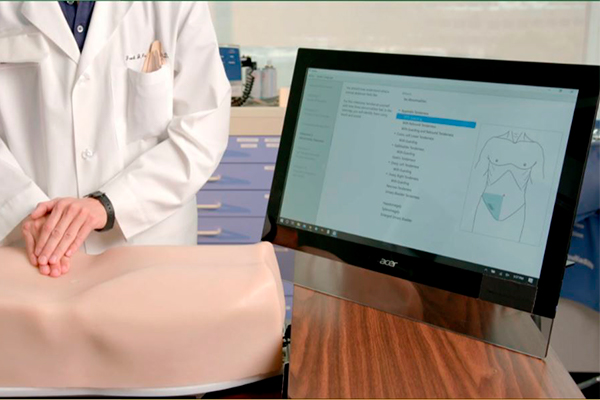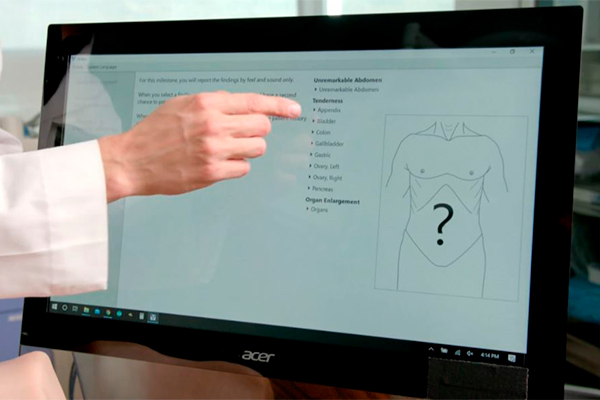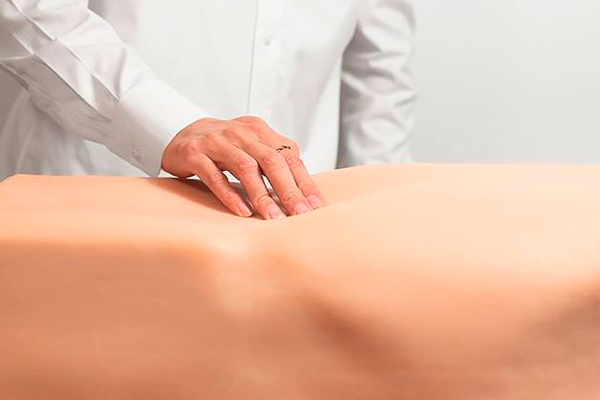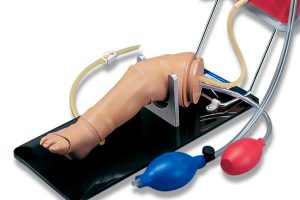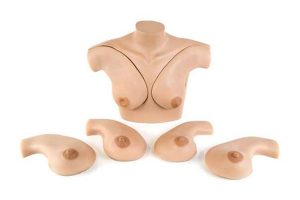SKILLS
- Proper depth of abdominal palpation
- Proper abdominal coverage of palpation.
- Detection of inflamed organs
- Detection of abdominal guarding.
- Detection of rebound tenderness for cases of appendix inflammation.
- Detection and diagnosis of abdominal abnormalities
- Ability of to perform proper depth of palpation.
- Ability to solve cases of abdominal pain.
- Differential diagnosis and OSCE assessment of skills



